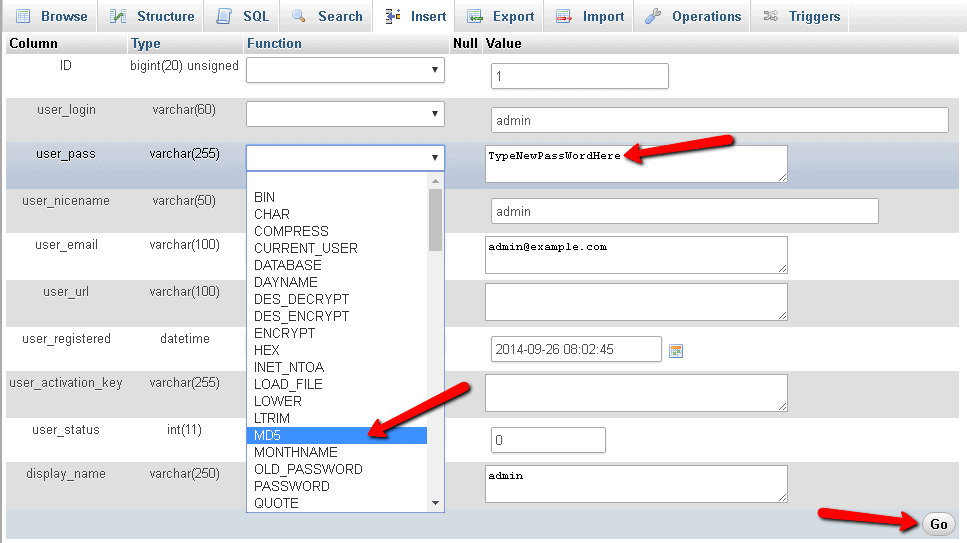It can be incredibly frustrating to try to sign in again and again just because you lost your password to have WordPress reject all your attempts. Sometimes it can be really difficult to remember your password if you have an overly complex password, if it’s been a while since you’ve signed into a web. You may try and get the server to give you a password reset page, but it doesn’t always function or you may not be able to access the email administrator you used for the web (or you may not know what it was). The following steps help you on fixing admin login hack issue. Luckily, because WordPress passwords are saved in the SQL database of the domain, if you have access to the hosting control panel or SQL database, it is really easy to reset them. One fast thing to note: in different places you may see some affiliate links on this list. Such connections allow us to keep publishing material that tourists can read free of charge and do not affect or alter hosts views at all. In the SQL database, here’s how to update your WordPress password: 1) sign into your hosting control panel or link to your SQL database. With some servers, to reach the account, you must sign into cPanel, Plesk, or another form of control panel. You may be able to access the SQL database directly with other program forms such as Microsoft Link with other hosts.
To show the tables, click on phpMyAdmin (or whatever gui you use to launch your SQL database).
Choose the list of wp users. If you have modified the table prefix, select the table “blank users” and open it — in this case, it will overwrite “null” with whatever the table prefix is instead of “wp,” which is what WordPress uses by default. Okay, the name of your table could be “12389712asd users” or something similar— just search for the list of users with either a specific suffix or the prefix “wp.”
To access the user database, press “Edit” and remove the current password from the “user pass” window.
To mask the password to an MD5 hash, press the drop-down button next to the password box and pick “MD5.” This makes it possible for WordPress to store the password in a more stable cryptographic type. If after entering in your password you do not choose MD5, resetting will not function because WordPress is unable to interpret the password as a string (plain characters) from the database. To implement the shift, press the “Go” icon. Then check your login to see if it’s working.
This should change your password without having to reset it via the email feature, regardless of the type of SQL setup you have. Also, you need to have keys to the server admin panel and the SQL database to do this, because that’s where WordPress saves user passwords. If you’ve done this and it didn’t work, go back and double check that in the WordPress prompt you entered the very same password as in the folder. You may also have skipped step number five of the MD5 setting. If the change in password has not succeeded, attempt measures 1-5 again— errors usually result from forgetting one of these two items. If you still have problems, you can call the hosting company to see if they can help you restore the WordPress password.




